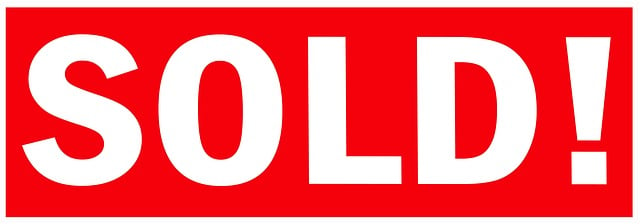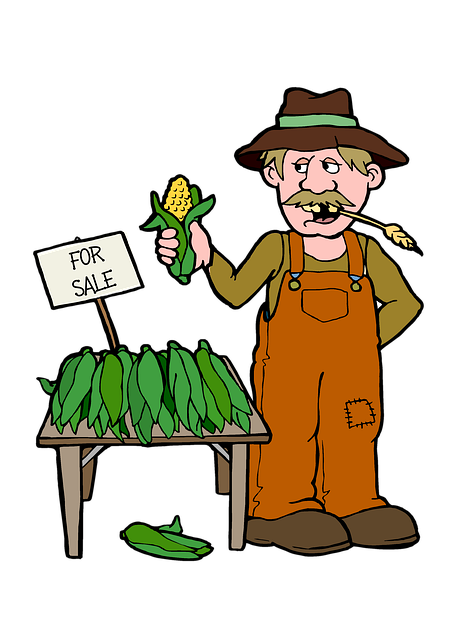Selling a fire-damaged home in California requires comprehensive remediation to restore property value and ensure buyer safety. Professional services utilize specialized equipment and techniques like air filtration, decontamination, and structural cleaning to eliminate smoke and odor residues. Homeowners should assess damage, repair fixtures, market the home's potential, location, and features transparently using high-quality visuals online, catering to California's informed homebuyer market.
Smoke damage can severely impact homes and require meticulous remediation. If you’re considering selling a fire-damaged property in California, understanding the process is key. This article guides you through the critical steps of smoke damage remediation and offers strategic marketing tips tailored for California’s real estate market. Learn how to effectively address potential buyers’ concerns and position your fire-damaged house as a valuable opportunity, showcasing the power of thorough restoration.
- Understanding Smoke Damage and Remediation Processes
- Marketing Strategies for Selling a Fire-Damaged House in California
Understanding Smoke Damage and Remediation Processes

Smoke damage from a fire can leave a home in disarray, affecting both its physical structure and its air quality. Remediation processes are crucial to restoring these properties to their pre-fire condition. Understanding smoke damage involves recognizing that it’s not just about putting out the flames; it’s about addressing the byproducts of combustion that remain long after the fire is extinguished. These include tar, soot, and other toxic particles that can infiltrate walls, ceilings, and even plumbing systems.
In California, where real estate markets are competitive, homeowners often seek advice on how to sell a fire-damaged house. Remediation is not only about preparing a home for sale but also ensuring the safety of future occupants. Professional remediation services employ specialized equipment and techniques, such as air filtration, decontamination, and structural cleaning, to remove smoke and odor residue. This meticulous process involves identifying affected areas, implementing appropriate cleanup methods, and monitoring air quality to ensure a safe living environment. By thoroughly remediating smoke damage, homeowners can protect their investment, maintain property value, and offer prospective buyers peace of mind.
Marketing Strategies for Selling a Fire-Damaged House in California

Selling a fire-damaged home in California can be challenging, but with the right marketing strategies, it’s possible to navigate this process successfully. The first step is to assess and address the damage; ensure that any structural issues are resolved and the property is safe for showing. Repairing or replacing damaged fixtures, repainting, and removing all signs of smoke and odor are crucial steps in preparing your home for potential buyers.
In terms of marketing, highlight the house’s potential rather than its past damage. Focus on its location, unique features, and any recent renovations or upgrades. Utilize high-quality photography and virtual tours to showcase the property’s best aspects, ensuring they are widely accessible online via real estate listings and social media platforms. Additionally, consider offering transparent communication about the fire damage history to build trust with potential buyers, as many California homebuyers are well-informed about rebuilding and remediation processes.
When it comes to selling a fire-damaged house in California, understanding smoke damage remediation is key. By familiarizing yourself with the processes involved and implementing effective marketing strategies, you can navigate this challenging situation successfully. Remember, proper remediation ensures a safer environment for potential buyers and increases the property’s value, making it an essential step in the selling process. With the right approach, you can transform a fire-damaged house into a desirable home, attracting buyers in the competitive California real estate market.






